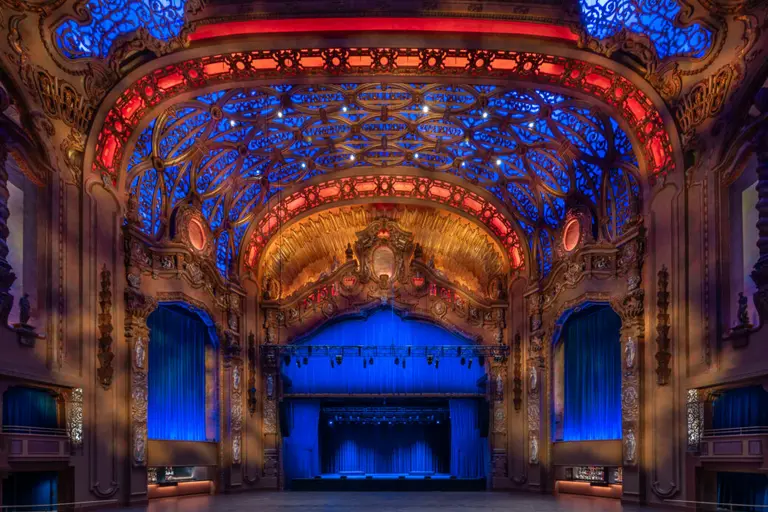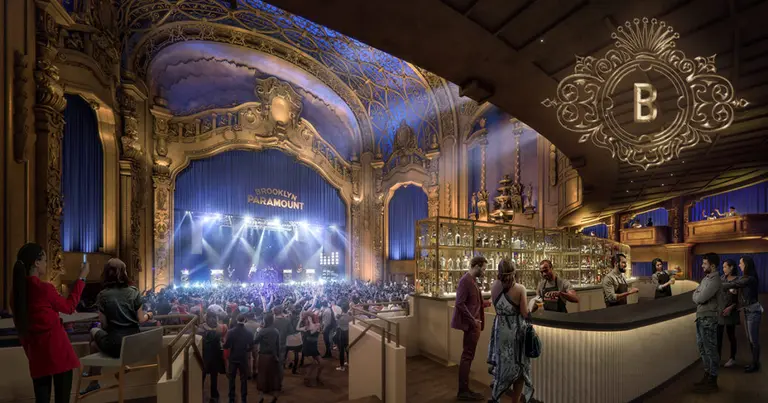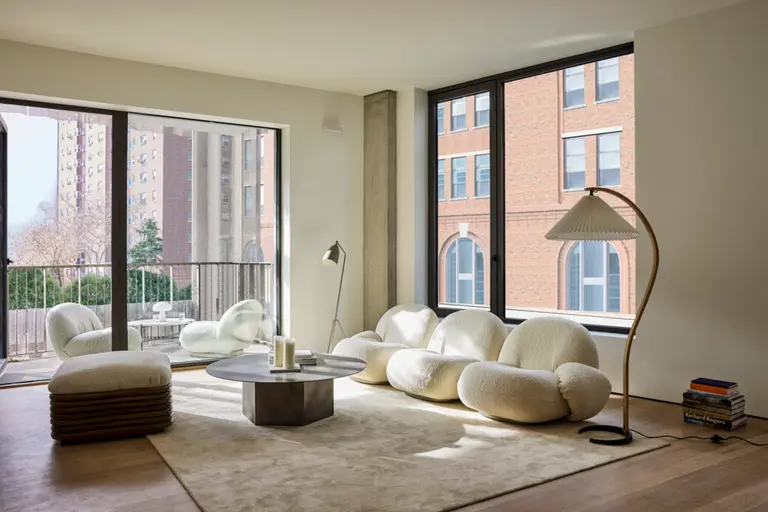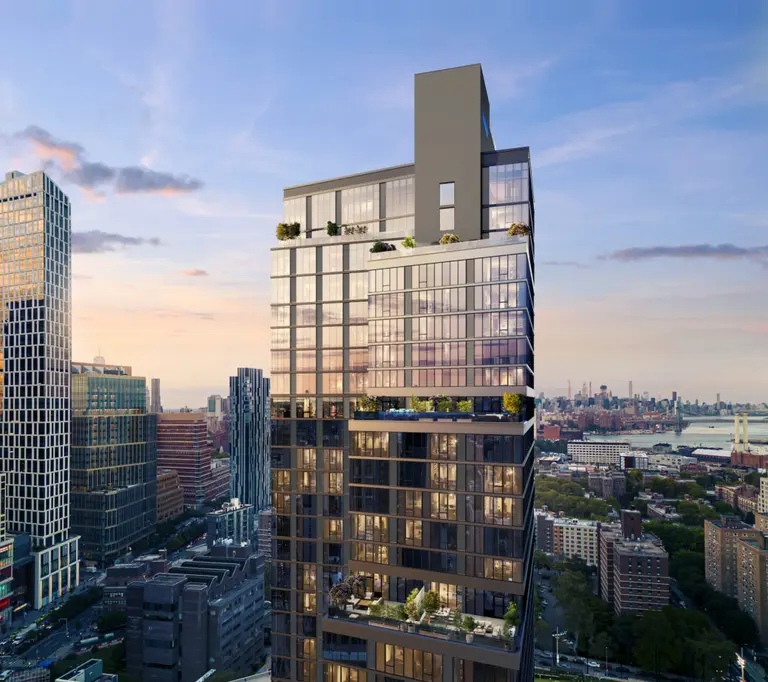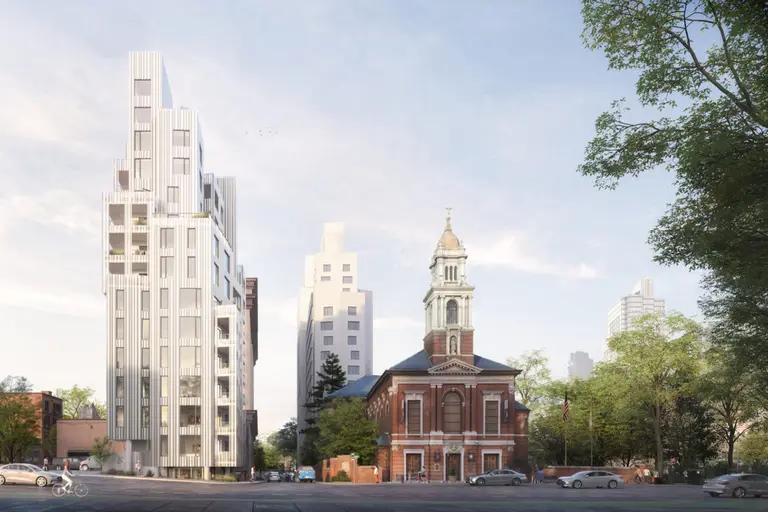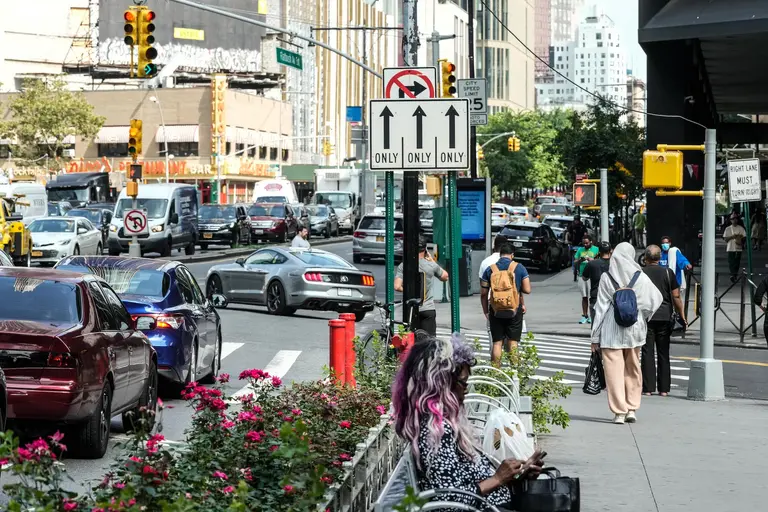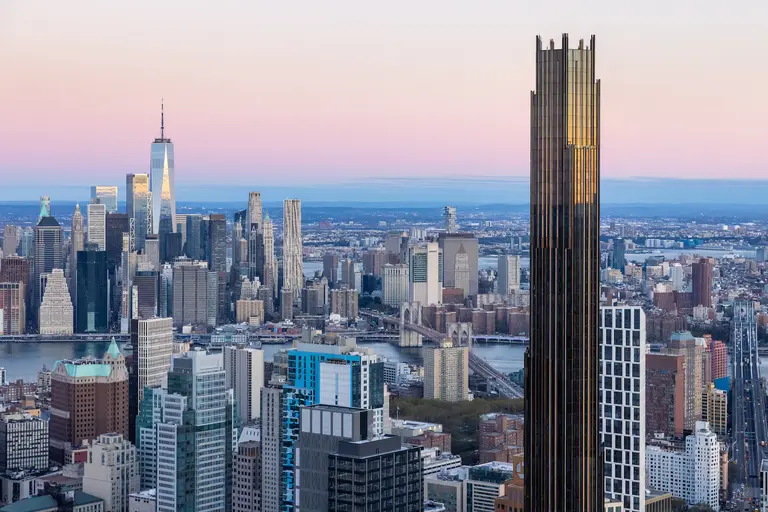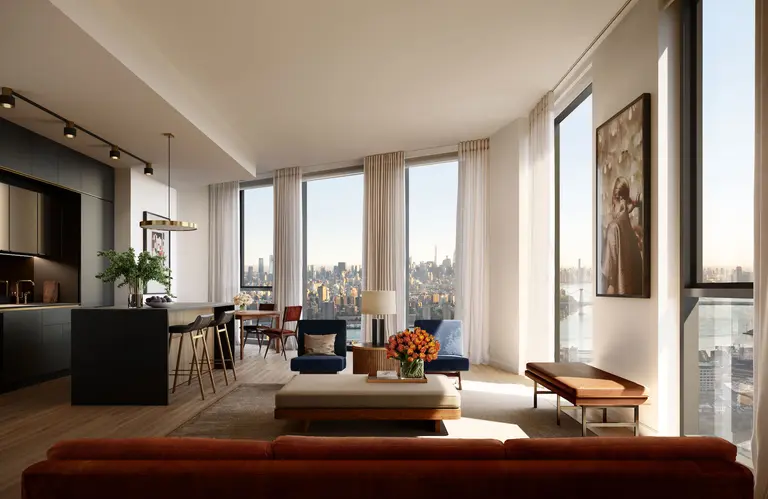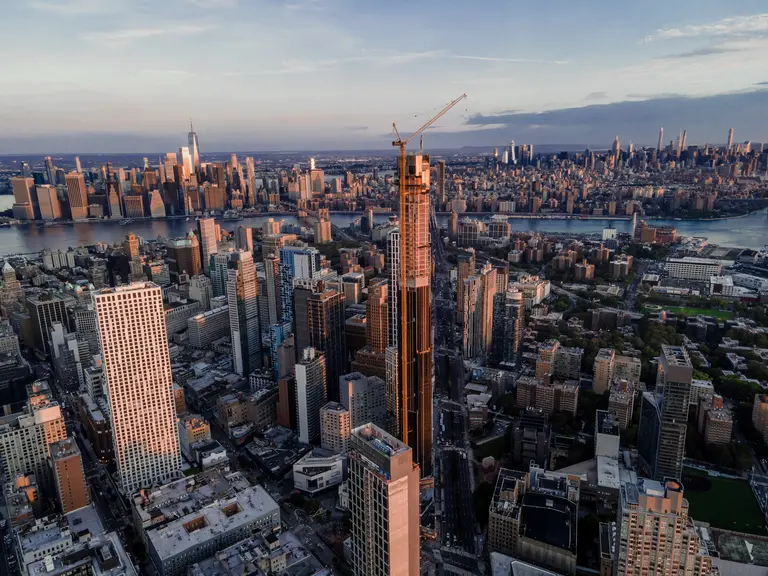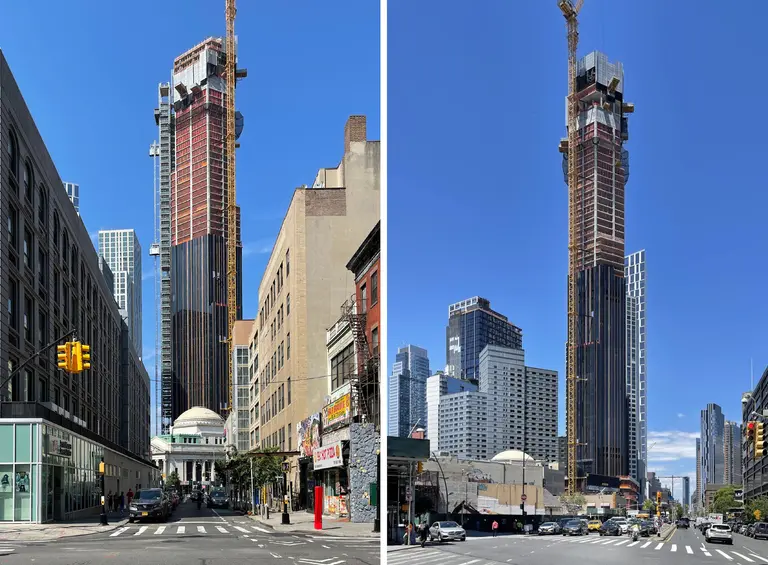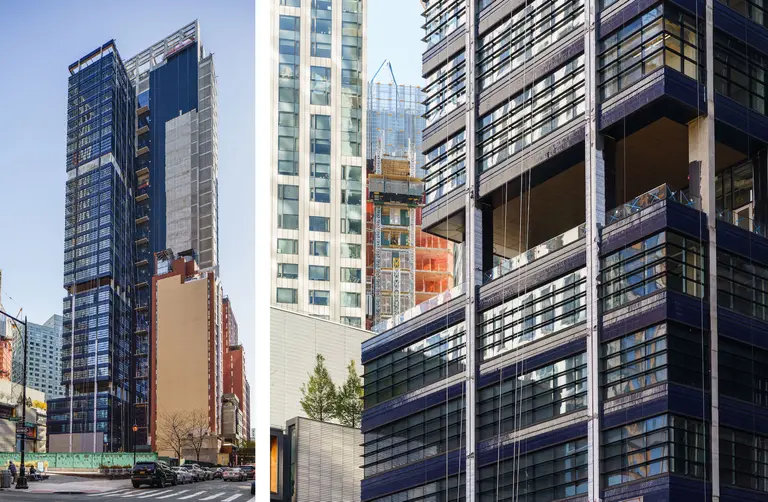Downtown Brooklyn’s Abolitionist Place park is now open
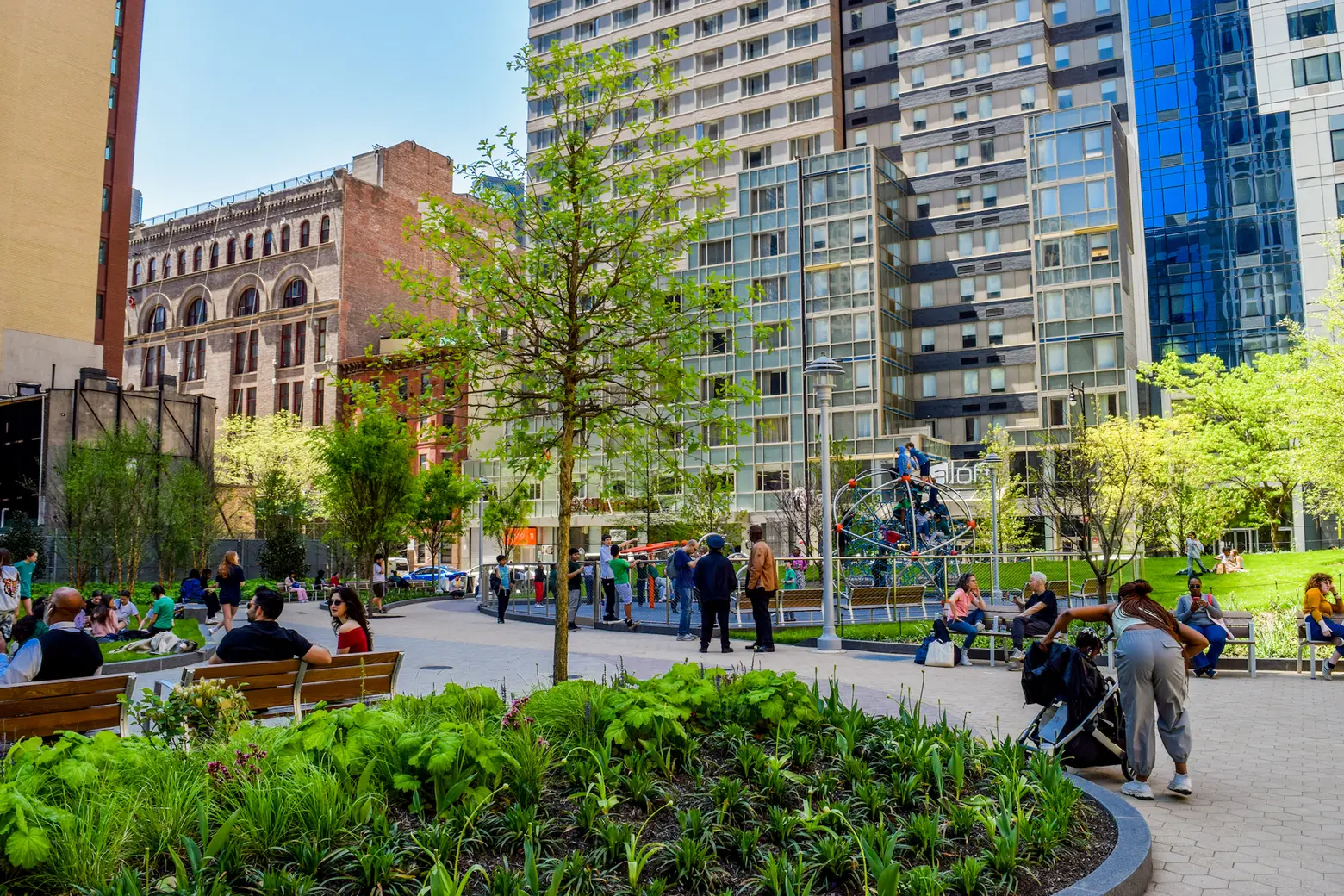
All photos courtesy of Downtown Brooklyn Partnership
First promised 20 years ago, a Downtown Brooklyn park commemorating the borough’s abolitionist history is finally open. City officials on Wednesday cut the ribbon on the 1.15-acre Abolitionist Place, located at 225 Duffield Street. Designed by landscape architecture firm Hargreaves Jones, the park offers a playground, a water play feature, a central lawn, a paved area with boulders, seating, and a dog run. The green space was part of the 2004 upzoning of Downtown Brooklyn and planning officially began in 2010. Financial issues and design changes delayed the project several times.
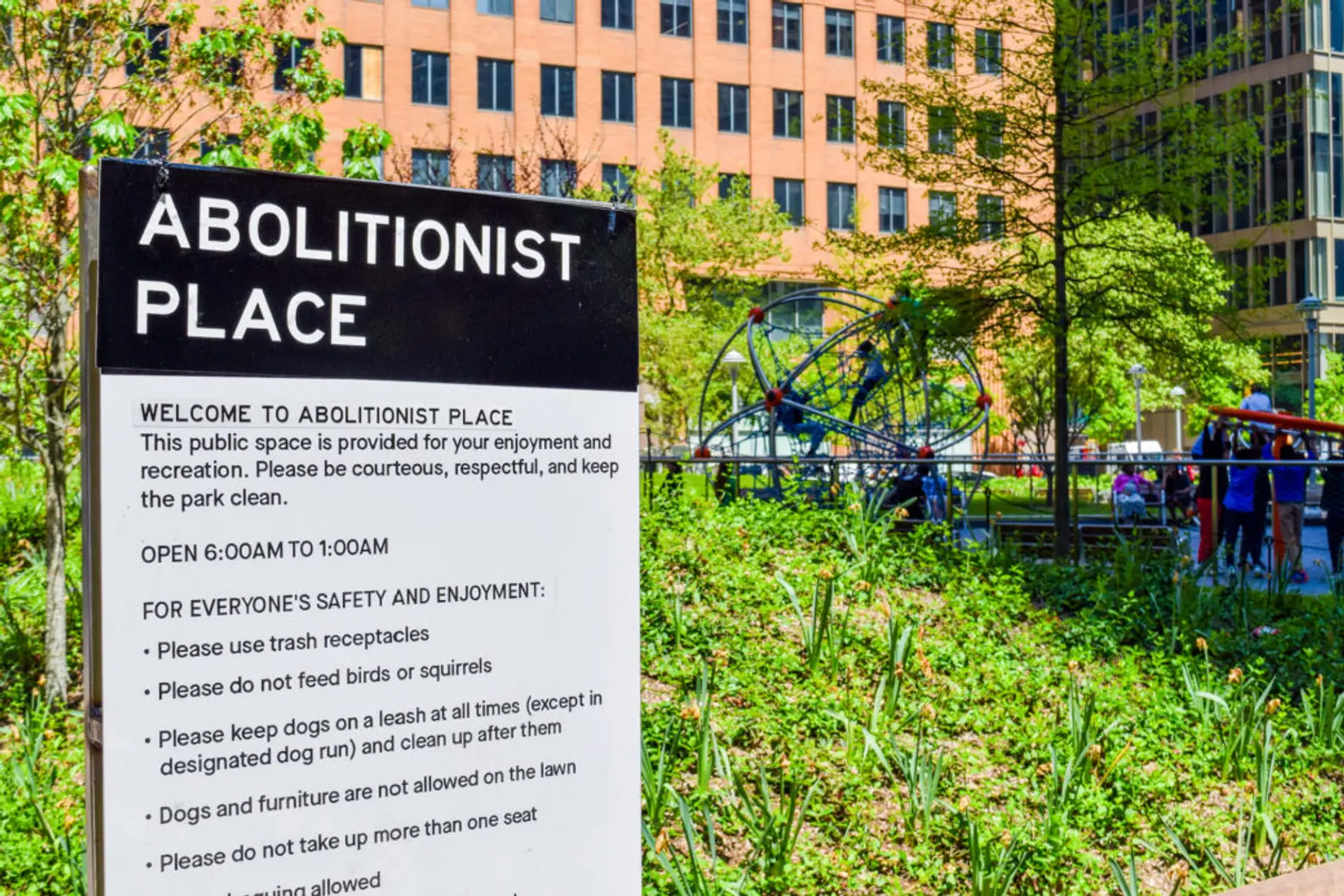
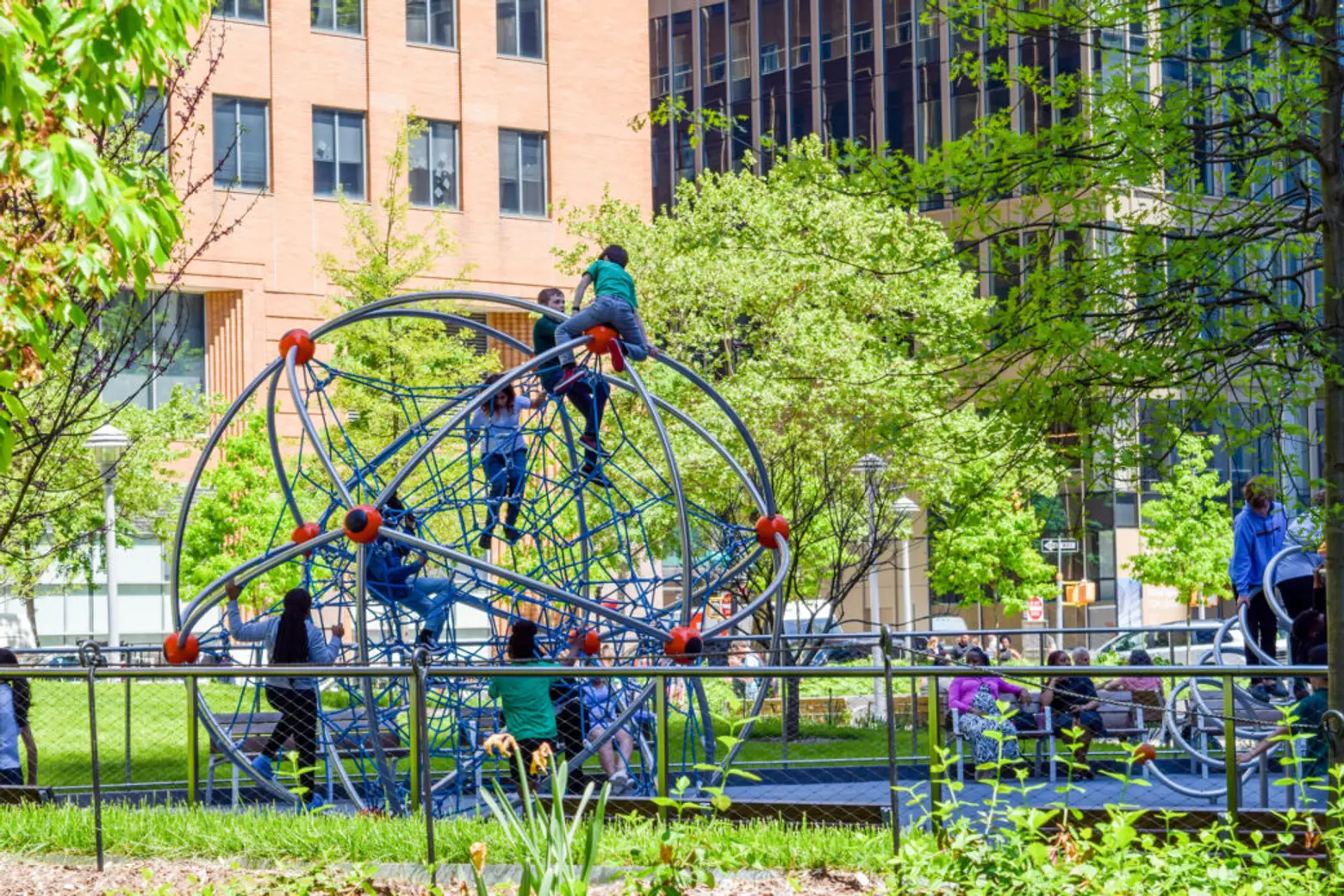
Abolitionist Place will be operated by the Downtown Brooklyn Partnership, which will also manage public programming at the site. The park will be closed from 1 a.m. through 6 a.m. and dogs and furniture will not be allowed on the lawn, Regina Myer, president of the Partnership, told Brownstoner.
“The opening of Abolitionist Place marks a significant moment for Downtown Brooklyn that has been in the works for nearly two decades,” Myer said in a statement.
“Abolitionist Place will bring essential greenspace to our burgeoning population of residents, workers, and students, while also celebrating the neighborhood’s notable history. As we begin maintaining and programming in the park, we look forward to welcoming the community to this long-awaited public square.”
The park will feature a public art installation by Brooklyn-based multimedia artist Kenseth Armstead, who will be taking over from the originally selected artist, Kameelah Janan Rasheed, after the city’s Public Design Commission tabled Rasheed’s conceptual proposal in January 2021.
Armstead will present two planned installations, titled “True North – Every Negros Is a Star” and “Conductors,” to the Public Design Commission later this month. The artwork could be installed starting in 2026.
“True North – Every Negros Is a Star” will feature a 16 by 33 by 33 foot patina-etched and perforated steel dome, which will give the appearance of stars shining through the steel. Armstead says that the goal of the piece is to connect the viewer to the facts of the trans-Atlantic slave trade with a “physical reminder, a point of light, for each of these lives,” according to Brownstoner.
The second installation, “Conductors,” will depict influential figures in the African diaspora and people who helped enslaved people reach freedom, including James Newton Gloucester, Willis A. Hodges, Mary Joseph Lyons, and Harriet and Thomas Truesdell. The artwork will take the form of embossed, etched, and perforated steel panels with stars and profiles of the figures facing north.
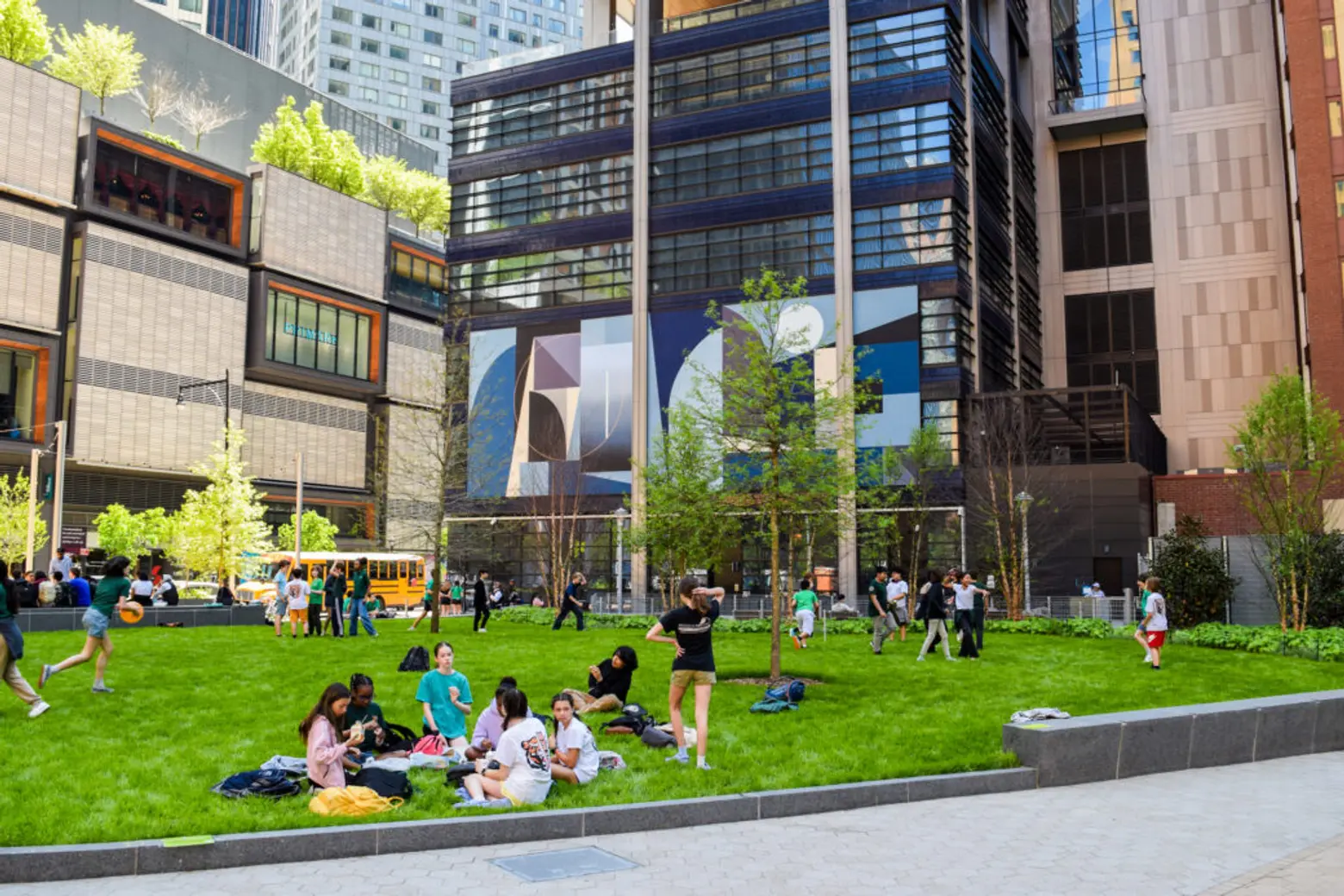
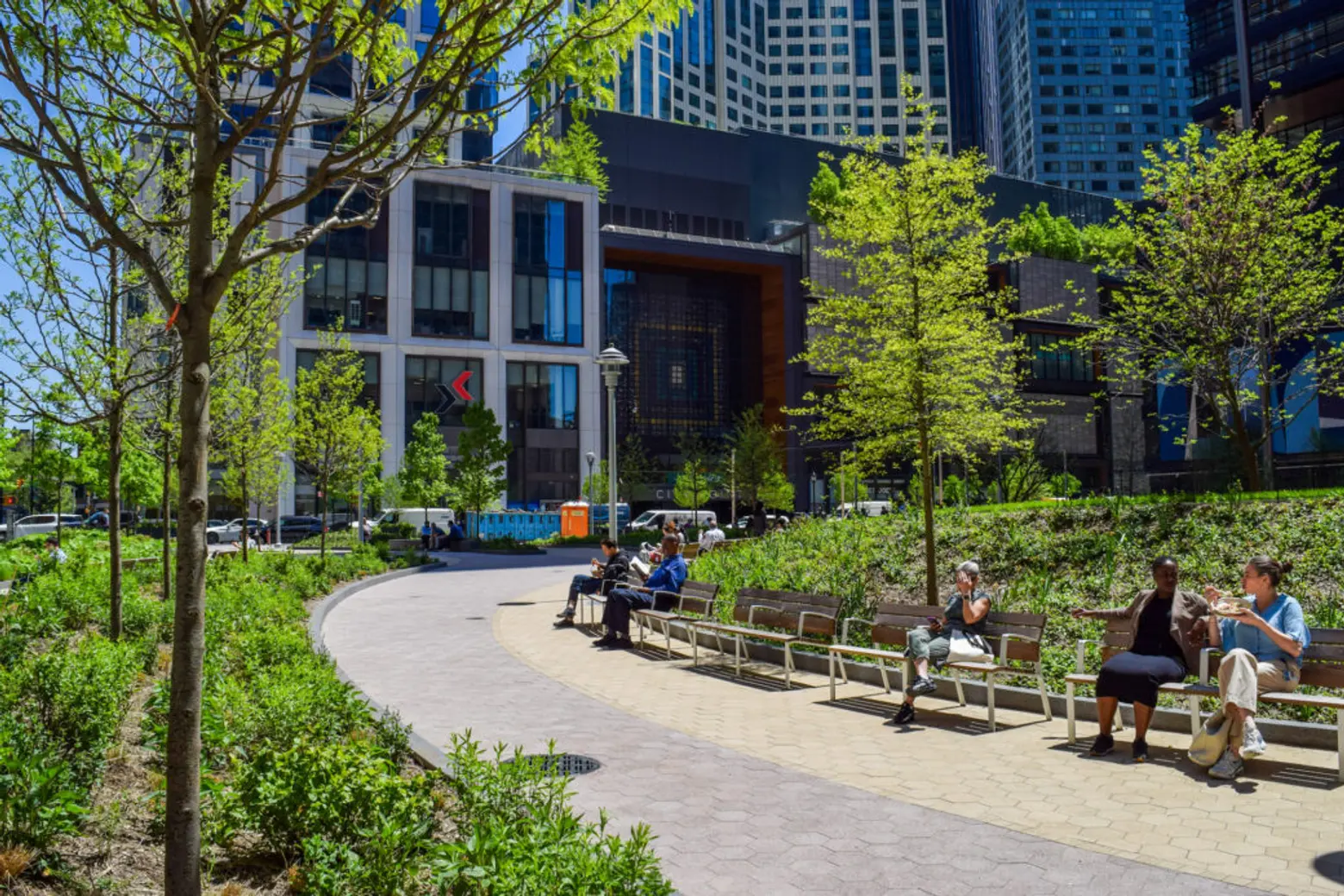
The green space, originally called Willoughby Square Park, was promised in 2004 as part of former Mayor Michael Bloomberg’s upzoning of Downtown Brooklyn.
Previous proposals called for a new park on top of a high-tech parking facility on Willoughby Street, but after the developer failed to secure funding, the city abandoned the project. The EDC later announced the agency’s capital division would take on the project without a private partner and without the underground parking component.
In August 2019, the EDC and Hargreaves Jones released revised plans to Brooklyn’s Community Board. The following month, the park project was renamed Abolitionist Place.
Abolitionist Place is adjacent to 227 Duffield Street, a Greek Revival row house, home to known abolitionists Harriet and Thomas Trusedell from 1851 to 1863 and believed to be a stop on the Underground Railroad. After a developer filed permits in 2019 to raze the historic structure and replace it with a 13-story tower, the city landmarked and later purchased the property in 2021 to protect it from further demolition and decay; stabilization work was completed last April.
The city’s Economic Development Corporation (EDC) has started the process of hiring a consultant to oversee a community engagement process regarding the future of 227 Duffield, as well as documenting its historical significance and developing a strategy to honor its history.

“High-quality public spaces aren’t just a luxury — they’re a necessity, and they’re a key to our city’s economic recovery,” Mayor Eric Adams said.
“Abolitionist Place will provide Downtown Brooklyn with that vital community space while also paying tribute to the role that this neighborhood played in the Abolitionist Movement.”
RELATED:
- 19th-century abolitionist home in Downtown Brooklyn is now a city landmark
- Plans for abolitionist memorial in Downtown Brooklyn park delayed again
- New York City buys Downtown Brooklyn’s abolitionist rowhouse for $3.2M
- Historic Downtown Brooklyn townhouse with strong abolitionist ties in danger of demolition










